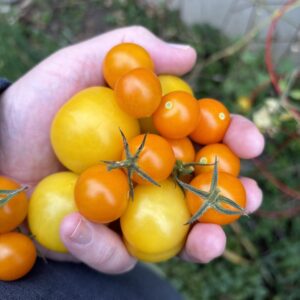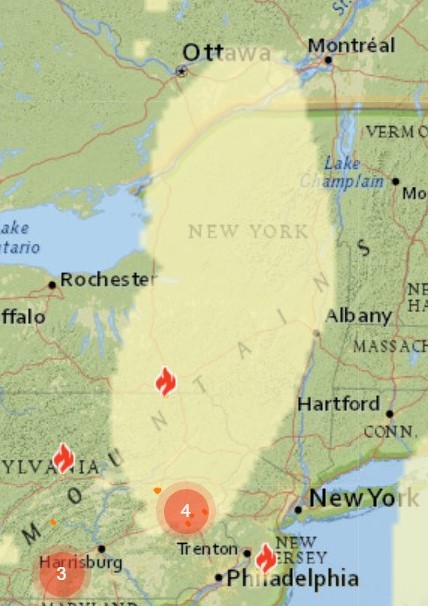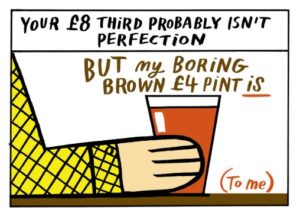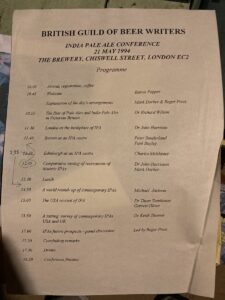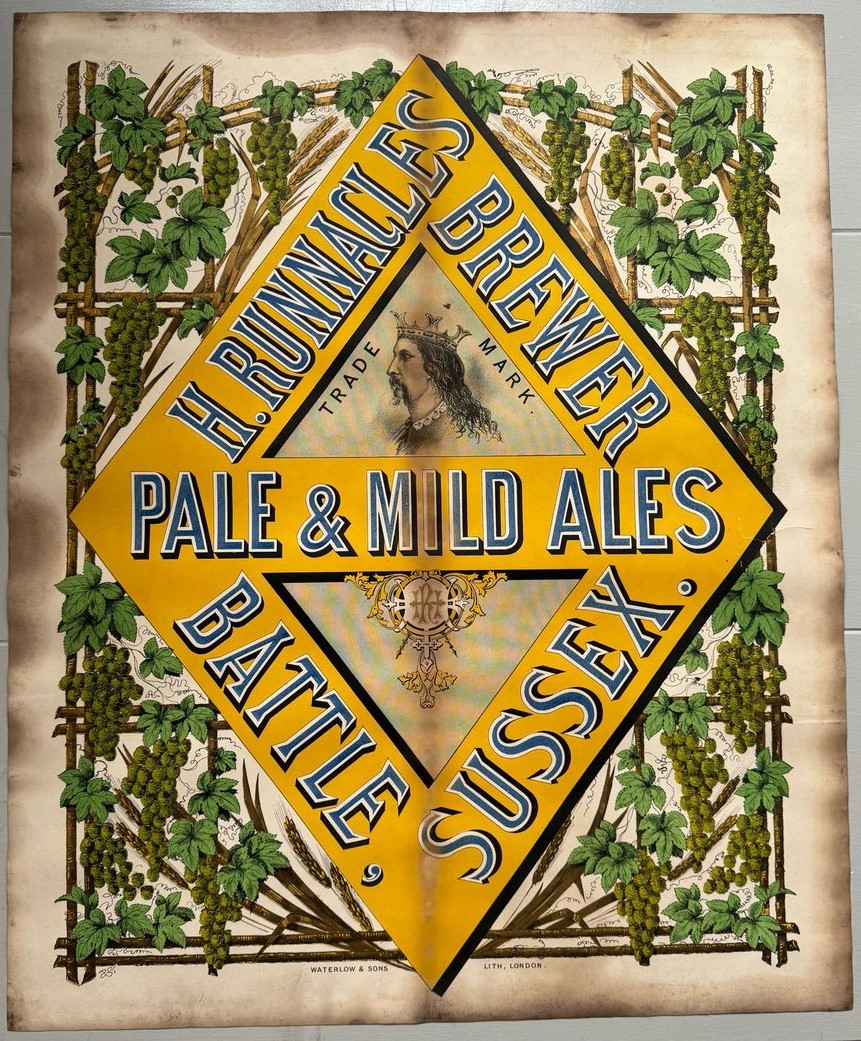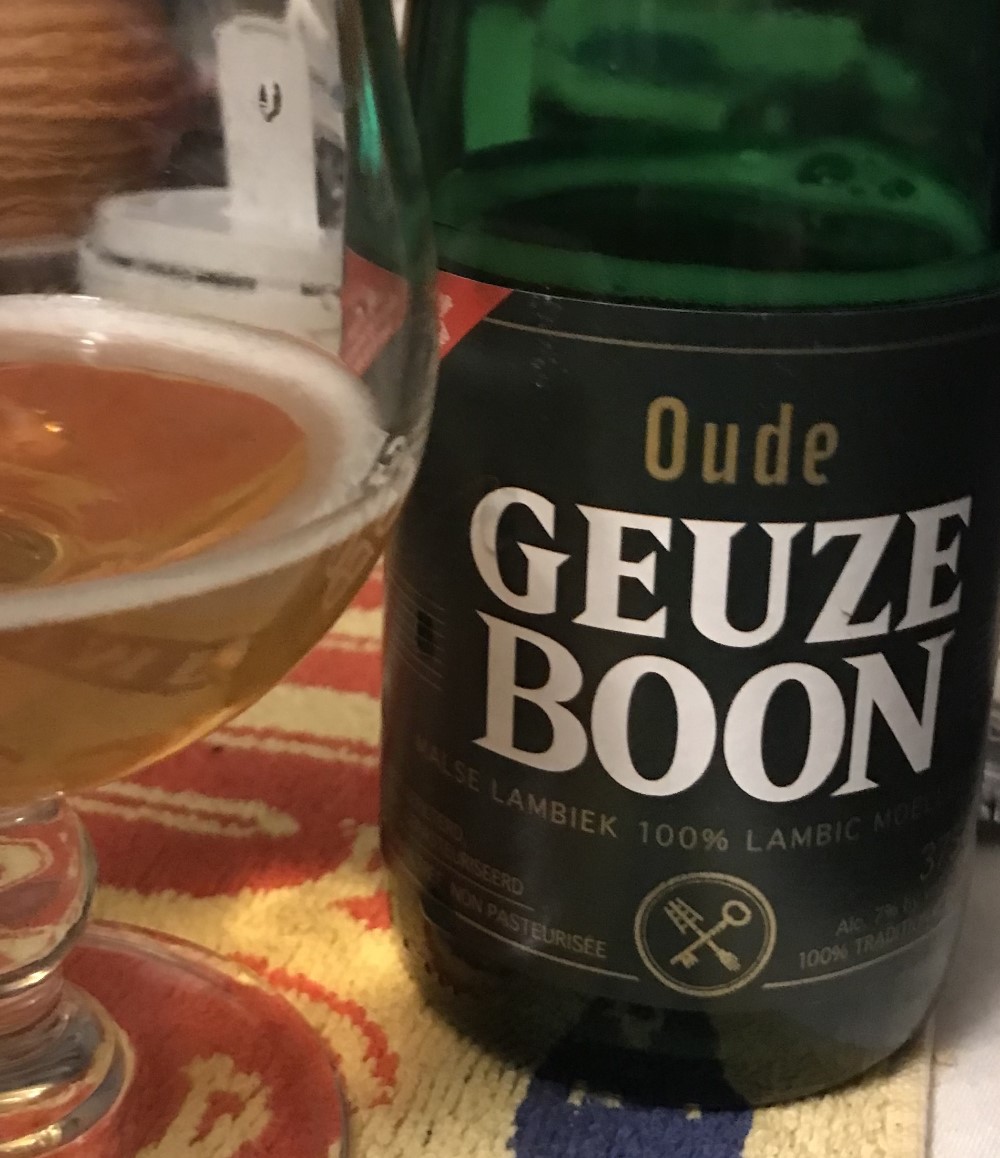 What a week! I had no idea that I’d make it to this Wednesday evening when upon I do scribble out these notes. And it’s not even sun up before I’m out the door, although the moon apparently has a decent view up there looking east. And the reading takes a bit more digging. But as B+B wrote:
What a week! I had no idea that I’d make it to this Wednesday evening when upon I do scribble out these notes. And it’s not even sun up before I’m out the door, although the moon apparently has a decent view up there looking east. And the reading takes a bit more digging. But as B+B wrote:
…we embraced that: let’s focus on some smaller, more unusual pieces from old skool blogs and old-fashioned Web 1.0 hobby sites. That’s good stuff, too.*****
Agreed. Enough complaining. Let’s get at it. I do like this entry in Every Pub in Dublin if only for its lack of information:
I just walked in and looked for it. And found it relatively easily, as its basically just straight back from the front door, albeit well into the hotel. It’s quite a fancy hotel bar, but nothing incredibly special. I doubt many people ever go here just to drink, what with the Baggot Street and Haddington Road pubs nearby, but you *could*.
Even more of a deterrant to drinking in Dublin is this explanation by Lisa Grimm of the environs of her pub of the week, The Circular:
…the first stone bridge was built here over the Grand Canal in 1795, replacing an earlier wooden structure, and its resemblance to Venice’s Ponte Di Rialto gave the bridge, as well as the surrounding area, its better-known name. There are stories of a Black Shuck-type dog stalking the underside of the bridge, with some tales more specifically citing the devil himself appearing as a black dog in the area. Indeed, devilish attachments (literally) continued with a stone ‘devil’ head formerly being affixed to the bridge – though whether the stories or the sculpture came first is open to investigation.
Satan himself! Yikes. [You know, I just thought it was a song by The Darkness.] On a more positive or at least not as terrifying note, there was a good bit of writing from Jessica Mason this week on a fairly singular business decision seeing one craft brewer and wine cidery to join up on distribution:
On-trade customers can now buy Red Fin cider products directly from Siren, packed in the brewery’s 30l stainless steel kegs. Two Red Fin ciders are available alongside Siren’s beers to help publicans consolidate their beer and cider deliveries. Further benefits include the option for pubs to take advantage of collaborative brand activations and events as well as custom installations. According to the business owners the new partnership isn’t financial and neither company has a stake in the other. However, the independent businesses describe it as “strategic”.
Sensible. E.P. Taylor would be pleased by the effort to cut what he would have called waste – the failure to find harmoneous deals on the non-profit making expenses. Seeing what is around you with fresh eyes was also the subject of a great interview early one morning this past weekend on CBC Ontario’s Fresh Air on a South African brewery working to support local traditional brewing:
Reitumetse Kholumo is the founder of Kwela Brews in South Africa. She recently won a pitch competition at Queen’s University for her venture.She told us how she is using the prize money to empower women and protect the Indigenous tradition of sorghum beer.
More here on Kwela Brews in this Forbes Africa article from last year. There were two other articles that caught my eye this week which touched on beer and colonialism. First, in New Zealand recently there has been controversy about the naming of a beer after a Māori navigator:
Te Aro Brewing named its Kupe New Zealand IPA after the Polynesian navigator as part of its Age of Discovery series – a limited range of beers showcasing historical explorers including Christopher Columbus and Ferdinand Magellan… Both complaints argued the association of Kupe exploited, degraded, denigrated, and demeaned his mana and, therefore, that of his descendants and the people and places associated with him….”I’m really upset about it because our tupuna is being used as a platform for promoting alcohol, and his name being used on the [packaging] says we agree to this, and we don’t,” she said. “Culture should not be used in that form; whether it be Māori, whether it be other indigenous peoples, or whether it be our community – our babies are having to walk past that every single day… that advertising, that promotion… Peka said she wanted to acknowledge the people that had used their voice to make a difference for the whānau, community and cultures within Aotearoa.”
I will leave it to you to look up the meaning of manu, tupuna and whānau like I did. The other story is the article this week in Pellicle by David Nilsen on the colonial and Indigenous legacies of brewing in Quito, Ecuador – that capital of a nation facing many serious issues. Elsewhere** we have seen how the perspectives from beer writers on a visit have posed, shall we say, challenges but this artlcle manages this well, if a bit obliquely:
…that rural connection has, sadly, not always helped chicha’s image in Quito as the city tries uncomfortably to balance its Indigenous heritage with its cosmopolitan aspirations. “A lot of people here grew up knowing about chicha, with their aunt or grandmother making it,” he says. “For many years, it had a stigma as a drink that was only for the lower classes living in the country. In Quito, as craft brewers became more knowledgeable about fermentation, they became more interested in reclaiming and revitalising this from their heritage.”
David sets it out for your consideration. We see the colonial hand moving in many ways in the article. The taprooms with the IPA. The central presence of the monestary and the museum. The application of science upon an Indigenous practice without space for a voice speaking for the pre-contact and continuing original culture as we heard the Māori perspective above. There is much packed into this piece.
Building on the least serious or perhaps most recent form of those intrustions from abroad, in Britian apparently SIBA is sick of “craft beer”… if only as a term:
Small breweries in the UK are ditching the term “craft beer” in favour of “indie beer”, warning that global corporations have bamboozled many drinkers into believing that formerly independent brands are still artisanal hidden gems. In a survey by YouGov that marks a new phase of the bitter war over what constitutes “craft beer”, consumers were asked to say whether 10 beer brands were made by “independent craft breweries”… More than three-quarters of those surveyed said they felt consumers were being “misled”…
CAMRA is in on the campaign as well. So is “craft” now a dirty word in Britain? Is it dead… again? Hmm… and there was also an interesting choice of words in an interesting paid advertorial this week in Politico, “sponsor generated content” it says. By Julia Leferman of the Brewers of Europe. Why is this bit of lobbyist comms interesting? Because of this passage:
Brewers are empowering consumers with the tools to take responsible decisions. This is about choice: if people don’t wish to, or simply shouldn’t, consume alcohol, they can still participate in the social experience of sharing a beer with friends and family. At the same time, brewers have pioneered initiatives in education and community engagement to encourage a better drinking culture and help reduce alcohol-related harm.
Could you imagine a North American trade organization place “alcohol” and “harm” that closely? Speaking of choice of words, Stan stood up for flavoured beer this week, building on the use of “beer flavoured beer” and admitting at least one of his sins:
I was wrong to use the term. It can be used to exclude, wielded as a weapon by drinkers who imply they know something others do not. “I can appreciate beer-flavored beer, the complex flavors that result from the interaction of malt and yeast in a simple helles. You are not worthy.” More obviously, it also excludes many, many, many flavors. In fact, some drinkers do not like the flavors in what they’ve come to know as beer-flavored beer. A survey of consumers in non-alcoholic beers in Northern California found they did not care for the “beer like” aroma, taste or mouthfeel they associate with non-alcoholic beers that were intended to mimic alcohol-containing lagers.
Let us be honest. Flavours that come from adjuncts are just not that interesting. The infinity that four ingredients can provide is enough for me. That’s brewing skill enough to draw me in. To be fair,² Stan did mention that he “would not drink a peanut butter chocolate merlot, but I would like to try the peanut butter chocolate porter from Schell’s.” I wonder what it would taste like? Oh, I know. Peanut butter and chocolate! Brilliant. I am not going to judge – but masking the taste of beer by adding other things to it is in the fine tradition of alco-pops. Fine. I judged. But has any industry succeeded long term by focusing on newbie marketing? One – candy. And I get that it’s a business decision to chase that market but it does seem interesting to me how that trend has tracked in parallel in recent years with the stalling and contraction of interest in good beer. A curse. A pox. Jeff has more, much of what I don’t buy given the tone of sheer presentist congratulationism.**** Still, it’s not that far off my favourite version of the phrase is 1998’s “beer-flavoured water” to describe PBR.
Consider this as something of a contrapunct to all that, entirely thoughtful words from Rachel Hendry (h/t to KM) within her thoughts this week on “Wine and Cider”:
When trees are knocked down, when orchards are treated poorly in the name of higher yields, when cider is infantilised and drinks are manipulated and artificially mimicked in order to make more money for big brands, very few of us win. Where lack of care destroys, care itself transforms. Those who take the more romantic approach, who approach the trees and their fruit and the ecosystems around it with care, who make their drinks to showcase the amazing things that apples have to say once fermented, who pick and press and pour and produce with such ferocity of respect and reverence, well our lands and our lives are better for it. We owe them so much.
I like that. A lot. Romance as integrity. As opposed to infantilism. See above. Maybe. Perhaps quite conversely but still about the language, when they are not bored (at least according to a poll run by the imported and apparently not boring brand Kingfisher) British lager drinkers appear to be really angry with brewers:
One person described a 3.4 percent strength beer as a ‘f**king shandy’, while another lamented Grolsch as a ‘once decent’ tipple, and said he’d been a fan of the old five percent mix. He wondered who the 3.4 percent beer was aimed at, while a third declared: “Grolsch, now alternatively known as p**s.” Someone else said the downgrade made Grolsch into a ‘run of the mill session lager’ that was ‘certainly no longer premium’.
Another sort of infantilisation, I suppose. Potty mouth. Still… journalism FTW. Note: Britons are also livid over noisy upgraded beer gardens and ugly view blocking teepees in upgraded beer gardens.
Finally, Stan** went someway to answer my question when he indicated that the NAGBW attracted 269 submissions from 96 entrants this year. I wonder if that is an increase or decrease? As the scope of the focus narrowed to those who “cover” the beer industry, one can’t help make comparisons*** with the often seemingly more vibrant and ecclectic awards from the British Guild of Beer Writers. Where is the Hawkes? Where is the Jesudason? Yet… I was really pleased to see the first place wine for the fabulous Courtney Iseman for her “Secondary Fermentation — New York City’s Strong Rope Brewery and the East Coast Cask Revival” in Pellicle last December. A writer of fine strong words like “craft beer cringe” and “toxic fandom“, I remember when I saw the title of her winning piece I thought “please reference Gotham Imbiber… please oh please” and yup there is was. Proper job. Proper recognition.
That’s enough. How many links do you need? Until the boo-tastic edition next Thursday, for more beery news check out Boak and Bailey every Saturday and Stan going strong again each and every Monday. Then listen to Lew’s podcast (if he ever does one) and get your emailed issue of Episodes of my Pub Life by David Jesudason on the (now very) odd Fridays. And Phil Mellows is at the BritishBeerBreaks. Once a month, Will Hawkes issues his London Beer City newsletter and do sign up for Katie’s wonderful newsletter, The Gulp, too. Ben’s Beer and Badword is out there with the sweary Mary! And check out the Atlantic Canada Beer Blog‘s weekly roundup. There is new reading at The Glass which is going back to being a blog. Any more? Check out the Beer Ladies Podcast. That’s quite good and they are revving up for a new year. And the BOAS podcast for the bro-ly. And the long standing Beervana podcast …except they have now stood down. Plus We Are Beer People. The Boys Are From Märzen podcast appears suspended as does BeerEdge, too. But not Ontario’s own A Quick Beer. There is more from DaftAboutCraft‘s podcast, too. All About Beer has podcasts and there’s also The Perfect Pour. Plus follow the venerable Full Pint podcast. And the Craft Beer Channel on Youtube. The Moon Under Water is gone which is not surprising as the ask was $10 a month. Pete Brown’s one cost a fifth of that but only had the one post.
*For example, the stunning white-washing of German atrocities in Brazil or the naive deflection of the genocide by American Revolutionaries against the Haudenosaunee in New York.
**For the double!
***Hmm… maybe “best in the world, if it is focused on the trade side, written in English, relevant to an American perspective and, yes, written by one who submitted“… perhaps?
****That’s a new one… I like it… BUT THESE FOOTNOTES AREN’T EVEN IN ORDER!!!!
*****“Evanescent“!?!? Really???? At least it isn’t “quotidian”… if there were every a inflationary ten dollar word that is never needed and rarely used correctly it’s friggin’ “quotidian”… sheesh… yet also**. See also this sort of devaluation of a concept… no one at all is shocked by a beer trade fact… no one cares…
²Am I ever not?

